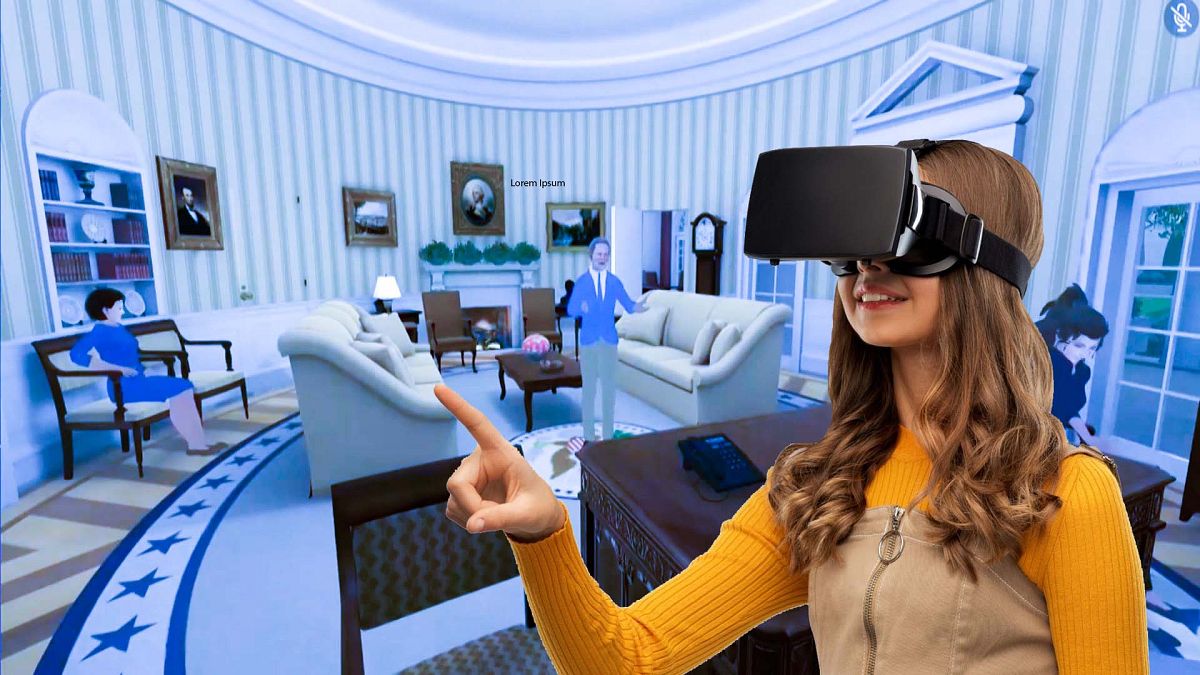Will Classrooms Be Replaced by Virtual Reality in the Future of Education?
The digital revolution is transforming education. Students now have more learning options than ever, ranging from AI tutors to online classes. However, Virtual Reality (VR) is one technology that stands out for its potential to revolutionize the way we learn.
The question is no longer whether virtual reality will be used in the classroom, but rather how far it will go now that virtual reality headsets are becoming more affordable and potent. Is it possible that virtual reality will take the place of conventional classrooms in the future?
Let's examine the potential, advantages, difficulties, and prospects of virtual reality in education.
In education, what is virtual reality?
A computer-generated environment that is realistic and engaging is produced by virtual reality. This implies that students may conduct scientific experiments, explore the inner workings of the human mind, or stroll through ancient cities—all from the comfort of their own homes—in an educational environment.
Some examples are:
Science labs in virtual reality
History trips via 3D reconstructions
language acquisition through virtual discussions
VR simulations for engineering or medical students
Advantages of Using Virtual Reality in Education
1. Immersive Learning Environments
Students can experience what they are learning through virtual reality. You can explore a volcano in 3D rather than just reading about it. This increases interest in the topic, retention, and participation.
2. Secure Practice Environments
Students in medicine, aviation, and engineering can practice dangerous or complex procedures in a secure, regulated virtual environment, free from real-world dangers.
3. Worldwide Accessibility
VR may bring high-quality education to distant locations where there aren't many schools or knowledgeable instructors. All you need is an internet connection and a headset.
4. Instruction That Is Tailored to Each Student and Self-Paced
Students have the freedom to select different routes, repeat classes, or regulate their speed according to their interests or skills. In contrast to a one-size-fits-all classroom, VR adjusts to the student.
5. Improved cooperation
Group simulations and virtual classrooms let students from all over the world learn and work together as if they were in the same physical space.
Restrictions and difficulties
Although virtual reality has enormous promise, there are challenges:
1. Expensive Machinery
For many schools and pupils, high-quality virtual reality headgear and hardware are still too pricey.
2. Insufficient Trained Teachers
Not all teachers are equipped to produce or utilize VR material. Designing immersive educational experiences has a steep learning curve.
3. Restricted Subject Compatibility
Although topics like history, geography, and science flourish in VR, others like ethics or literature may not gain as much from 3D settings.
4. Concerns for Health and Comfort
Using VR for longer periods can lead to weariness, eye strain, or motion sickness. Additionally, not every student lives in a tranquil, pleasant home setting.
In place of traditional classrooms, will VR be used?
Probably not completely. VR is more likely to improve classrooms than to replace them.
The fundamental elements of education, which technology cannot completely replicate, are human contact, peer learning, and mentorship. Additionally, the physical classroom offers a regulated atmosphere that encourages many pupils to maintain their attention and discipline.
Nevertheless, VR will be used more and more in conjunction with conventional methods, leading to hybrid models such as the following:
Trips to virtual fields
laboratory simulations or homework that is based on virtual reality
Interactive online revision modules
Hybrid Learning with a Virtual Edge: The Future
We may anticipate the following for the year 2030 and onwards:
Cheaper and lighter virtual reality equipment
full virtual schools or campuses
virtual instructors powered by artificial intelligence
job training through simulations and VR internships
In this future, the greatest learning experiences will probably combine classroom instruction, online resources, and immersive virtual reality sessions to produce a flexible, customized educational environment.
Conclusion
The way we learn is already being transformed by virtual reality. It will undoubtedly be a potent instrument that enhances and improves conventional education, even if it may not totally take the place of classrooms.
For students and teachers, the trick is to welcome these changes and use VR as a link to deeper, more meaningful learning, rather than as a shortcut.


Post a Comment
0Comments